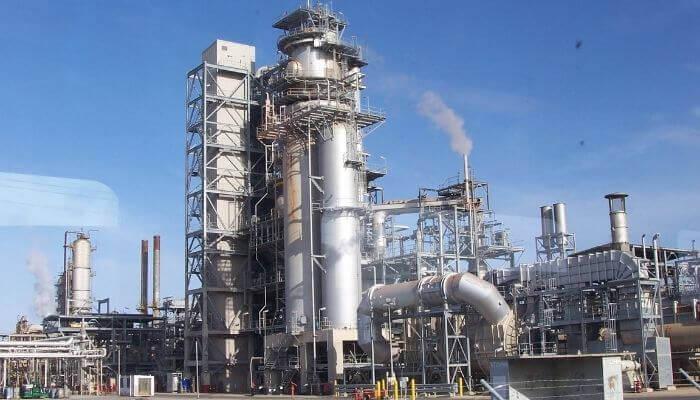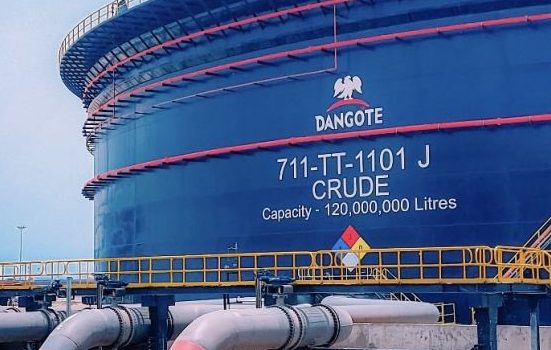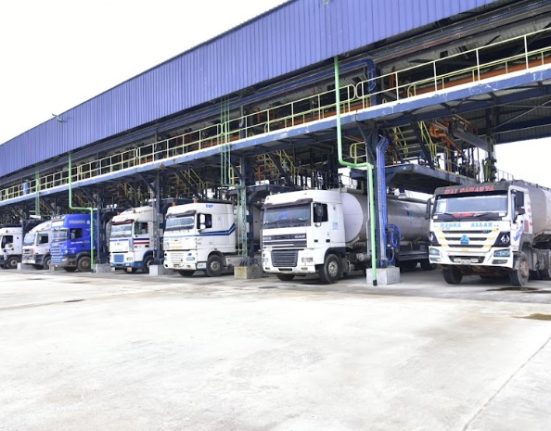The decision by Dangote Petroleum Refinery to distribute refined petroleum products directly to end-users, bypassing traditional supply chains, is raising significant concern among marketers across the country. Stakeholders within the downstream oil sector warn that this move, if implemented on a full scale, could destabilise the current distribution framework, trigger prolonged scarcity of petroleum products, and eventually cripple existing networks that have sustained fuel supply nationwide for decades.
Sources within the Major Oil Marketers Association of Nigeria (MOMAN) and the Depot and Petroleum Products Marketers Association of Nigeria (DAPPMAN) who spoke under anonymity revealed that the planned model poses a serious threat to over 1000 independent petroleum marketers and hundreds of depots, trucks, and retail stations currently operating across the federation. These marketers, who have for years formed the backbone of petroleum logistics and distribution, say Dangote’s strategy undermines decades of investment and could lead to massive job losses within the sector.
“It’s not just about market competition,” one senior executive at a leading petroleum marketing firm explained. “It’s about the potential collapse of a national distribution infrastructure that has kept fuel flowing across Nigeria, even during periods of scarcity or subsidy removal. If Dangote begins to sell directly to end-users, many of us would have no choice but to shut down operations.”
The 650,000 barrels-per-day Dangote Refinery, located in the Lekki Free Zone in Lagos State, is Africa’s largest single-train refinery and one of the largest in the world. Since it began operations in phases earlier this year, it has ramped up output and commenced the sale of diesel and aviation fuel. Plans are now underway to add premium motor spirit (PMS) — popularly known as petrol — to its portfolio. Industry insiders say Dangote’s intention to cut off middlemen and directly service institutional end-users such as manufacturing companies, large-scale fleet operators, and possibly state governments, could trigger structural changes in Nigeria’s downstream oil sector.
But the implications, marketers argue, are far-reaching. According to them, Nigeria’s current petroleum supply system is delicately balanced, relying on a network of licensed marketers, depot owners, and retail station operators. Any attempt to bypass this system without a structured integration plan could result in logistics bottlenecks, artificial scarcity in underserved areas, and uneven pricing regimes, particularly in remote parts of the country.
“If the refinery supplies only to select end-users, what happens to retail outlets in areas where Dangote cannot reach directly?” another marketer queried. “Will there be price regulation? Who monitors allocation and ensures fairness across the value chain?”
There are also growing concerns that the move could spark anti-competitive practices and lead to monopolistic control, given the refinery’s massive output capacity and the limited number of other active refineries in Nigeria. While the federal government has welcomed the refinery as a step towards reducing fuel import dependency, regulators are now under pressure to ensure a level playing field for all stakeholders.
Petroleum marketers are calling on the Nigerian Midstream and Downstream Petroleum Regulatory Authority (NMDPRA) and the Federal Ministry of Petroleum Resources to intervene and provide clarity on how the new distribution arrangement would align with existing laws, including the Petroleum Industry Act (PIA). They argue that the success of the local refining effort must not come at the expense of a functional and inclusive distribution network.
As the refinery continues to gain momentum, the weeks ahead will be critical in determining whether Dangote’s distribution model will be restructured to accommodate existing players or if Nigeria’s petroleum marketing landscape is on the verge of a major transformation that could upend traditional supply dynamics.






